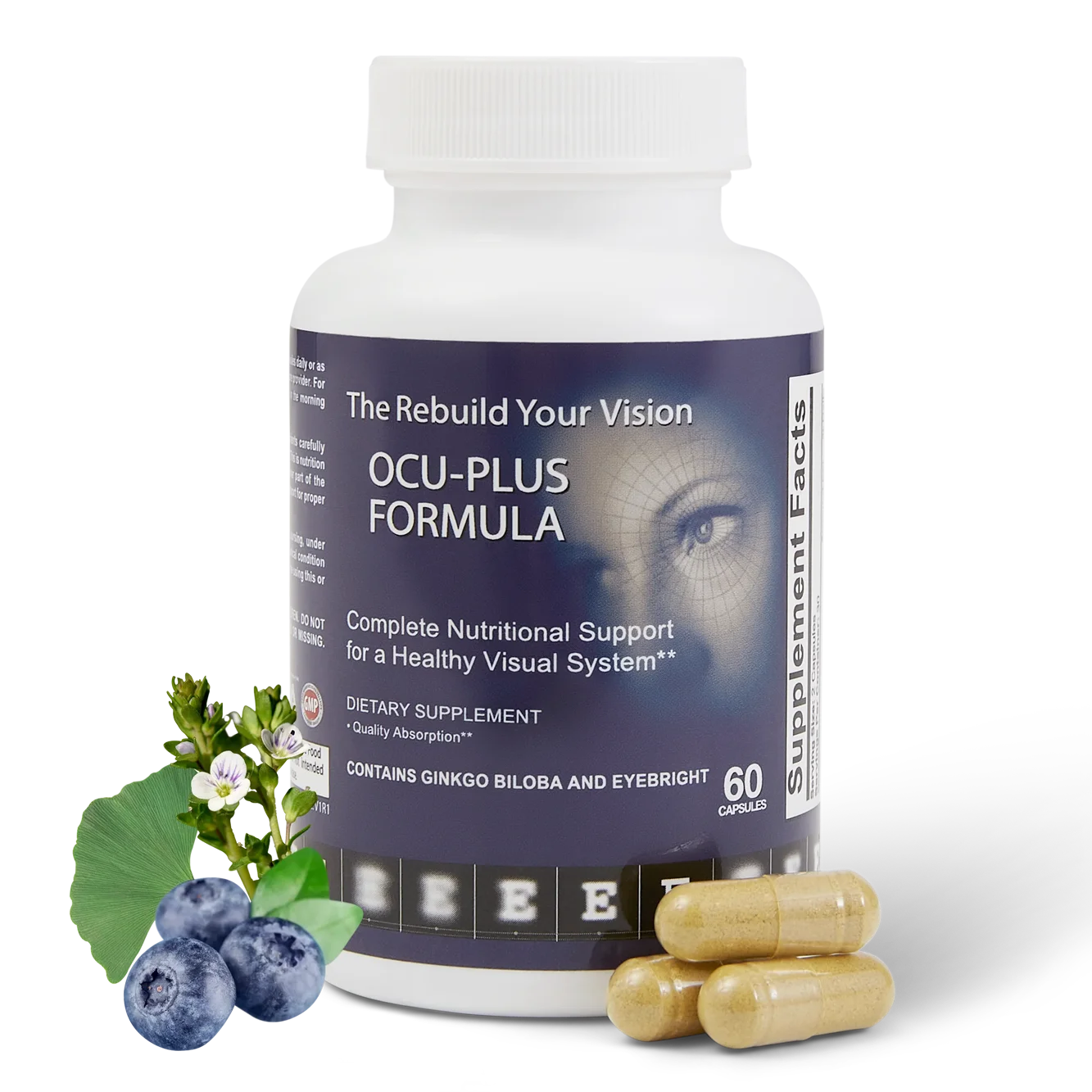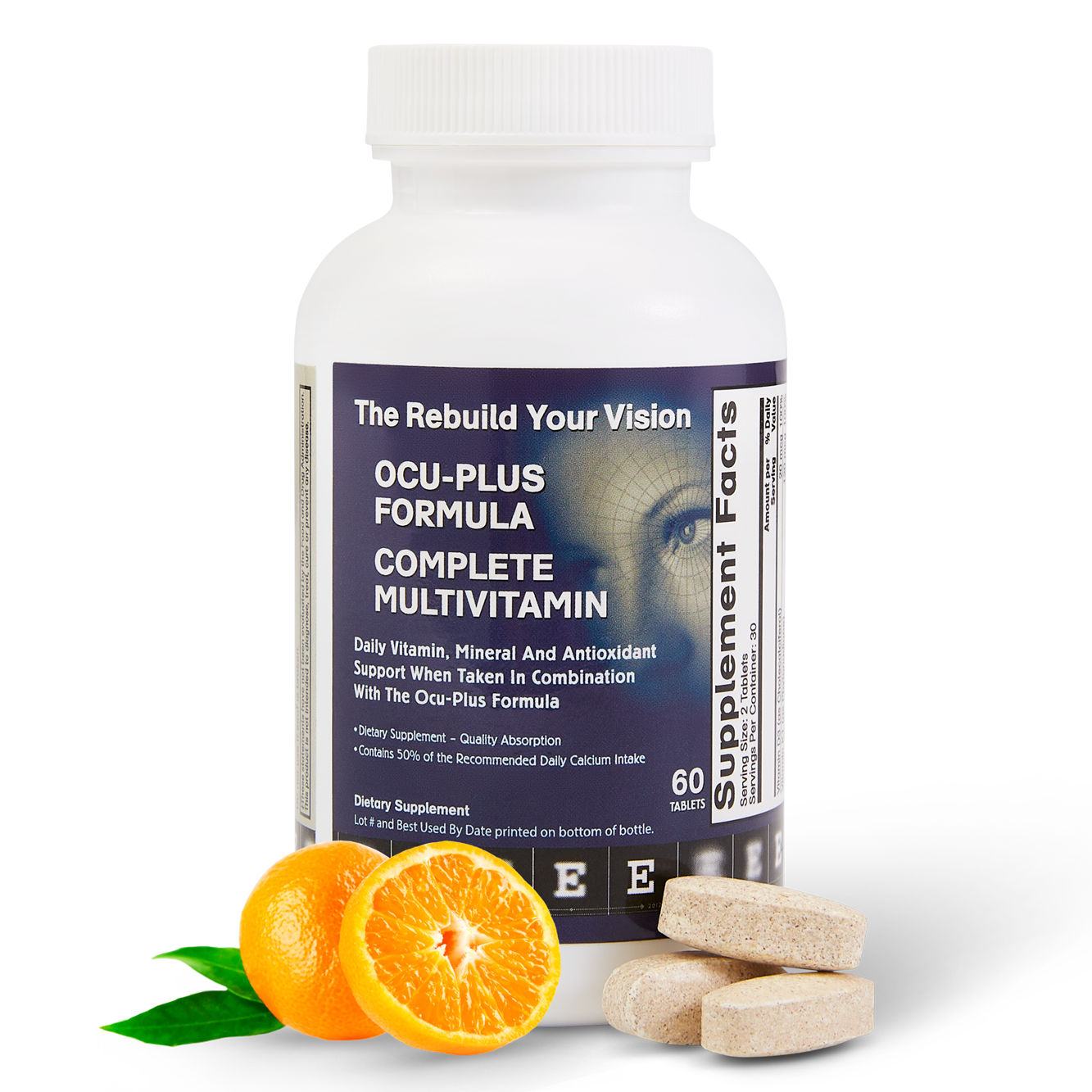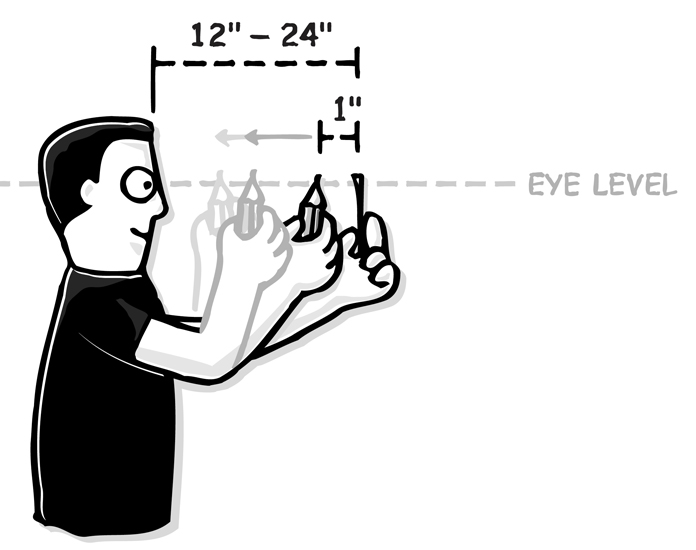
Macular Degeneration: What You Can Do to Prevent It
Did you know that more than 1.8 million Americans over the age of 40 have symptoms of age-related macular degeneration? This disease is more commonly referred to by its abbreviation, AMD. Even though this condition is so common, many people don’t know what this disease is and how macular degeneration affects vision. Knowledge is power, so keep reading to find out how you can be proactive to protect against AMD.
What Is AMD?
As you may have assumed, AMD primarily impacts the macula. The macula is the part of the retina where the light-sensitive cells of the eye are located. In short, the macula is the region of maximum visual acuity. We use this part of the eye for reading, driving, watching television, and fine work. Macular degeneration occurs when these light-sensitive cells are damaged or cease working. Unfortunately, almost 500,000 new cases of this condition are diagnosed every year.
There are two main reasons that macular degeneration affects vision. The first is due to the irreversible death of photoreceptors. The second is the invasion of leaky, unwanted blood vessels in the retina. With AMD, vision loss usually occurs gradually and typically affects both eyes at different rates. This is why it is so important to have regular eye exams.
So, how do you know if you have AMD?
There are a couple of common signs that you are developing AMD. If straight lines look wavy or if you notice shadowy areas or dark spots in your central vision, you may be developing AMD. At advanced stages, even seeing the face of a loved one becomes difficult to see.
Seeing Is Believing
Does the vision of someone with AMD look different than someone with healthy eyes? In a recent National Eye Institute video, you’re shown how macular degeneration affects vision as compared to normal vision.
First, you see the aisles in a grocery store. There’s food on the shelves and everything looks clear. Then, the filmers apply the “AMD Filter, ” where we’re shown how there can be a dark splotch in the center of their vision. The area around the darkness appears distorted and wavy. Sure, a person with AMD may still have clear vision in the outskirts of their field of view. But, as you can see, not having a clear central vision is extremely alarming, irritating, and inconvenient.
How Can You Prevent AMD?
Your likelihood of developing AMD depends on a lot of factors. It could be part of your familial genes, or your lifestyle could be contributing to causing it. Here are three important steps you can take to guard against developing AMD. Luckily, there are some easy ways you can start preventing AMD today.
1. Consume the Right Fats
The omega-3 essential fatty acid known as DHA is intimately involved with eye health. It’s found in salmon, mackerel, sardines, shellfish, and herring. Tuna is also a great source, and bluefin tuna has up to five times more DHA than other types of tuna. Several epidemiologic studies have indicated that omega-3 oils may reduce the risk of AMD.
Studies recommended increasing your omega-3 intake to reduce inflammation. This is important as inflammation in the eye can lead to AMD. Consuming two or more servings of fish high in omega-3 fatty acids per week can significantly lower your risk of developing AMD. And, try to avoid those pesky snack foods high in other types of fat.
Where else can you get omega-3 from? Besides fish, nuts also provide healthy fats. You should also add more avocados, oysters, and flaxseeds to your diet.
2. Supplement with Lutein and Zeaxanthin
We talk about these superstar nutrients a lot here at Rebuild Your Vision. The carotenes lutein and zeaxanthin are vital to vision because they form the macular pigment region in your eye. They have been shown to increase the size/thickness of this region when taken regularly. This offers substantial protection against vision loss and blindness.
Researchers have found that lutein not only helps prevent but also reverses symptoms of AMD. Although there is no cure for AMD, you can slow down its progression and see some improvements in symptoms.
Foods that contain lutein and zeaxanthin include kale, spinach, collard greens, eggs, turnip greens, broccoli, zucchini, romaine lettuce, corn, and peas. A supplement of 20 mg of lutein and 6-10 mg of zeaxanthin per day has been proven to increase macular pigment health.
In addition to being antioxidants, lutein and zeaxanthin may help protect against photodamage of the retina by filtering out blue light. Over time, blue light can do severe damage to the retina. They may also protect the blood vessels that supply the macular region.
3. Quit Smoking
Smoking is a powerful risk factor for loss of vision for a multitude of reasons, but it has also been strongly linked to AMD development. In fact, one study showed that smoking more than doubles the risk of AMD. How? Possibly by reducing serum antioxidant levels and changing blood flow to the eyes. We already know how important antioxidants are for eye health. This is just one more reason why you should not smoke.
Luckily, it’s never too late to benefit from quitting. You can begin to enjoy the benefits within hours of quitting smoking. First, your heart rate will return to normal and the carbon monoxide level in your blood will normalize. After two weeks, your risks of heart disease decrease. After nine months, the coughing goes away and your physical capabilities improve. Jump to 15 years later, and in terms of risks for disease, it’s like you never smoked in the first place. When your overall body is healthy, your eyes are healthier.
4. Stay Active
Researchers have conducted decades-long studies to explore the links between exercise and AMD prevention. A study conducted in Beaver Dam, Wisconsin took into account lifestyles, medical conditions, and risks of developing AMD. The study began in 1988 and was updated every five years and focused on participants between the ages of 43 and 86. This study showed that participants who led an active lifestyle were 70 percent less likely to develop AMD.
Participants who walked at least three times a week were less likely to develop AMD than the participants who led a more sedentary lifestyle. Of course, walking is not the only type of exercise that can help. Almost any type of regular exercise can achieve the same results. The improved blood flow experienced by those who do cardio exercises may have something to do with the lower chance of developing AMD. Exercise is good for you for a myriad of reasons, and your vision health is definitely one of them.
Macular degeneration is far too common for people to know so little about it. Depending on your genes and your lifestyle, you could be at a high risk of developing it. Do your research and follow the tips above. You only get two eyes, make sure you protect them!
Our Rebuild Your Vision Ocu-Plus Formula Contains All 17 Vitamins, Minerals, and Herbal Supplements to Improve Your Eye Health!




Hypertension or high blood pressure is another risk factor for macular degeneration. It also increases one’s risk for dry macular degeneration to become wet macular degeneration, the type of AMD that causes a more sudden and severe vision loss.
Thanks a bunch 4 dis info but how i dont know how u cn help me i have bn using corrective glasses since 2005 and now its’ as if i cant do without my glasses. pls help me what do i do?
Thank you so much for all the info y’all are giving to me cause this helps a whole lot
I would like to thank you for all your information but, I would like to tell you that Mike is in a Nursing Home, and is loosing his eye sight he may have about 5% in his right eye only in the corner of it and not to much left in his left eye.
once again many thanks.
My Doc said eating uncooked raw meat can cause this issue too